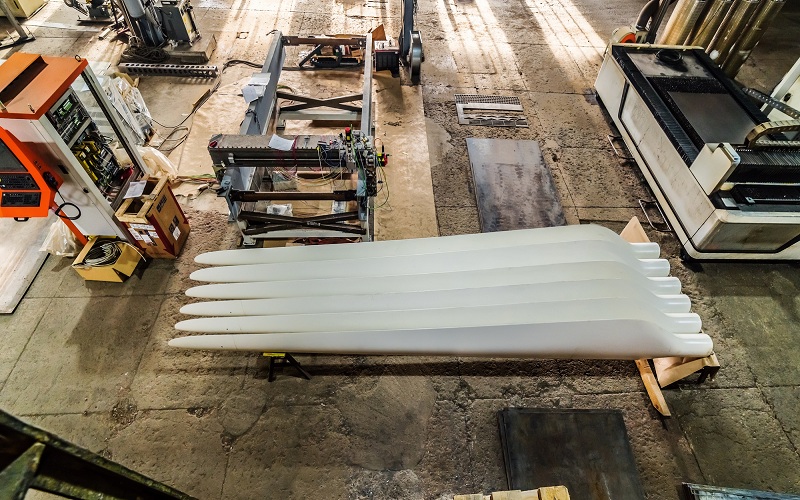As consumer demands for stronger, lighter, and smarter products intensify across industries, manufacturers are increasingly turning to cutting-edge advanced materials to push the boundaries of performance and innovation. From aerospace-grade composites to exotic alloys and smart substances that can adapt their properties, emerging material technologies are revolutionizing how products are designed and engineered.
Ultra-High-Performance Composites
For applications where incredible strength, stiffness, and lightweight properties are paramount, advanced composite materials provide the ideal solution. Combining exceptionally strong reinforcement fibers like carbon, glass or aramid with robust polymer resins means manufacturers can create materials boasting unbeatable strength-to-weight ratios.
Composites have become ubiquitous in aerospace, motor sports and other streamlined designs. But according to the experts at Aerodine Composites, industrial composites are now rapidly spreading into consumer products as well. Premium sporting goods like golf clubs, bikes and outdoor gear use carbon fiber composites for optimized performance. High-end automobiles incorporate composites to reduce weight and boost fuel economy.
Strong-yet-Lightweight Alloys
While composites lead the lightweighting revolution, advanced metallic alloys are also enhancing material performance through optimized elemental compositions and processing techniques. Aluminum-lithium and titanium alloys achieve remarkable strength and stiffness at a fraction of the weight compared to traditional aluminum or steel.
Major automakers are increasingly using lightweight aluminum and magnesium alloys to trim excess bulk from components like engine blocks, transmission housings and body panels. The latest passenger jets incorporate aluminum-lithium fuselage structures and titanium turbine components. Reducing weight while maintaining strength greatly improves fuel economy and operating costs.
High Temperature Super-Materials
For hostile environments involving extreme heat, cold or corrosive conditions, advanced superalloys and technical ceramics can withstand incredible abuse. Superalloys like Inconel provide exceptional temperature resistance up to 2000°F by combining lightweight metals with highly stable elements.
Similarly, high-performance ceramics reinforced with ultra-strong fibers can endure scorching conditions easily melting conventional metals. These super-materials make up critical hot components in jet engines, industrial boilers, and chemical manufacturing equipment where standard materials would quickly degrade.
Meta-Materials with Unique Properties
While optimizing traditional material properties has transformed many physical products, meta-materials represent an emerging frontier pushing even further beyond natural limits. These highly engineered substances manipulate electromagnetic waves, acoustics and mechanics in unconventional ways by arranging microscopic, repeating structural patterns.
Meta-materials can exhibit extraordinary properties like bending light for advanced optics, perfectly absorbing specific sound frequencies for noise canceling, or amplifying magnetic signals for communications and computing devices. While still in early development phases, meta-materials offer immense potential to design truly revolutionary functionality into future products and systems.
Smart and Multifunctional Materials
Perhaps the most exciting innovations involve advanced materials that can dynamically adapt their characteristics in response to environmental stimuli like temperature, humidity, light, pressure or electrical currents. Known as “smart materials”, these futuristic substances blur the lines between traditional structures and active systems.
Smart fabrics can automatically adjust insulation and breathability based on wearers’ body temperatures. Then, smart sensors integrated into components can monitor their own integrity and alert to damage before catastrophic failures. Smart biomedical implants may eventually be able to adapt their physical properties to naturally regenerate tissues as bodies heal.
Conclusion
As human ingenuity continually strives to create smarter, more capable and more efficient products, scientists and engineers must develop advanced materials able to meet those ambitious design goals. Thanks to innovative innovations in composites, alloys, super-materials and adaptive smart substances, manufacturers can now transcend the limitations of traditional materials and craft components with truly optimized performance. In the realm of tomorrow’s products, the material possibilities are virtually limitless, opening exciting new frontiers where the constraints of today’s materials sciences can be reimagined and reshaped.

